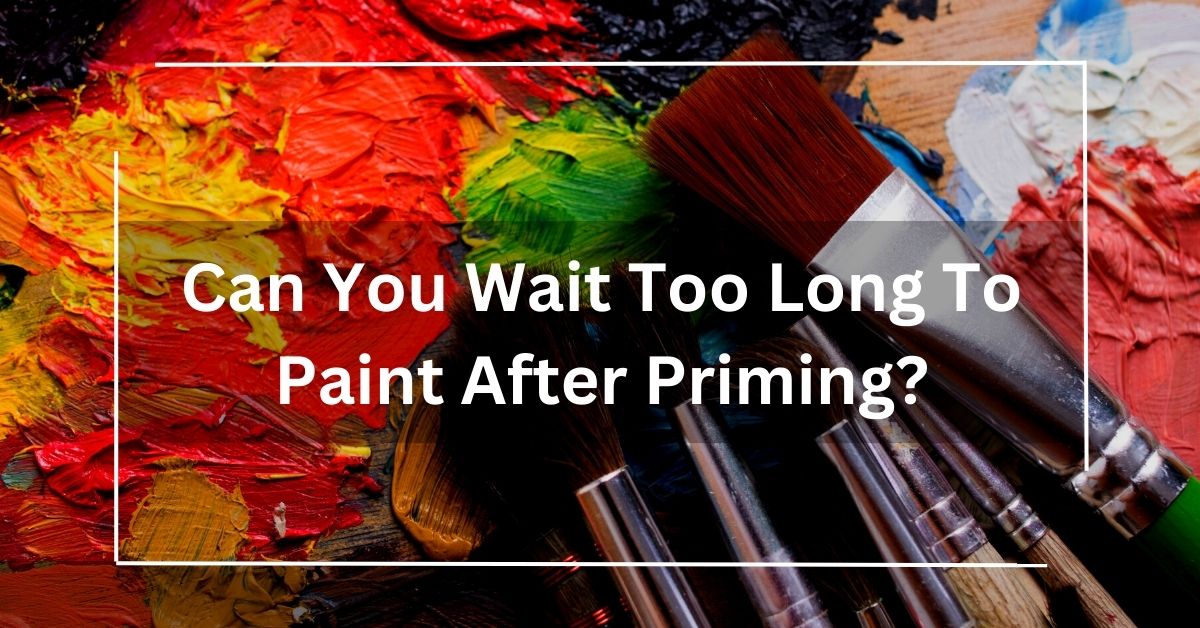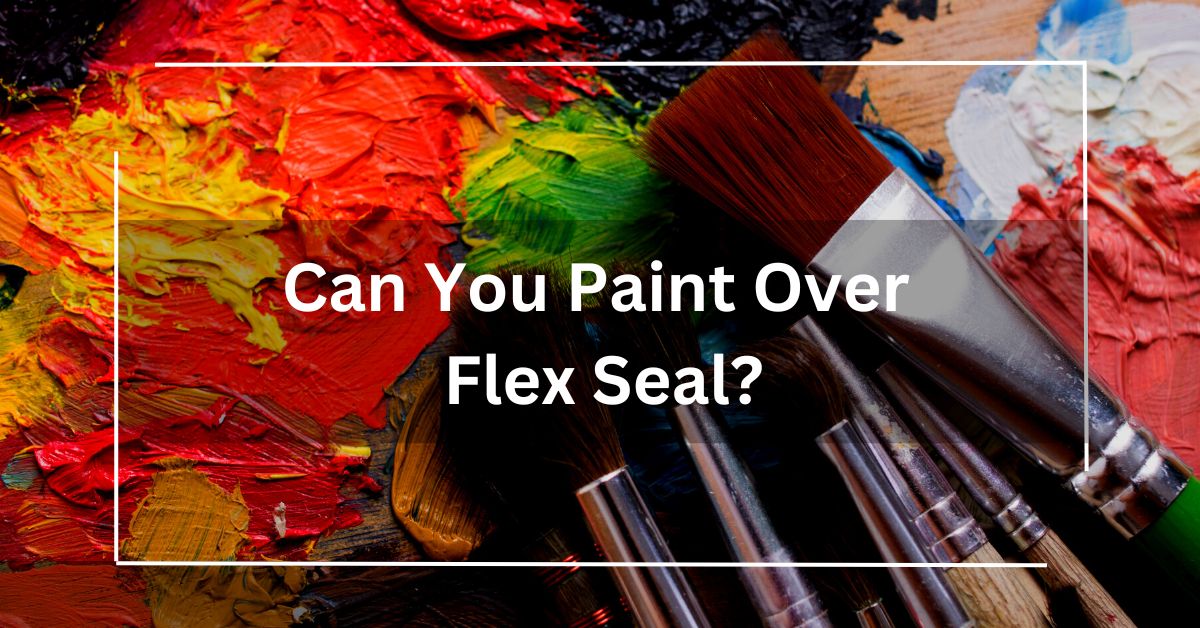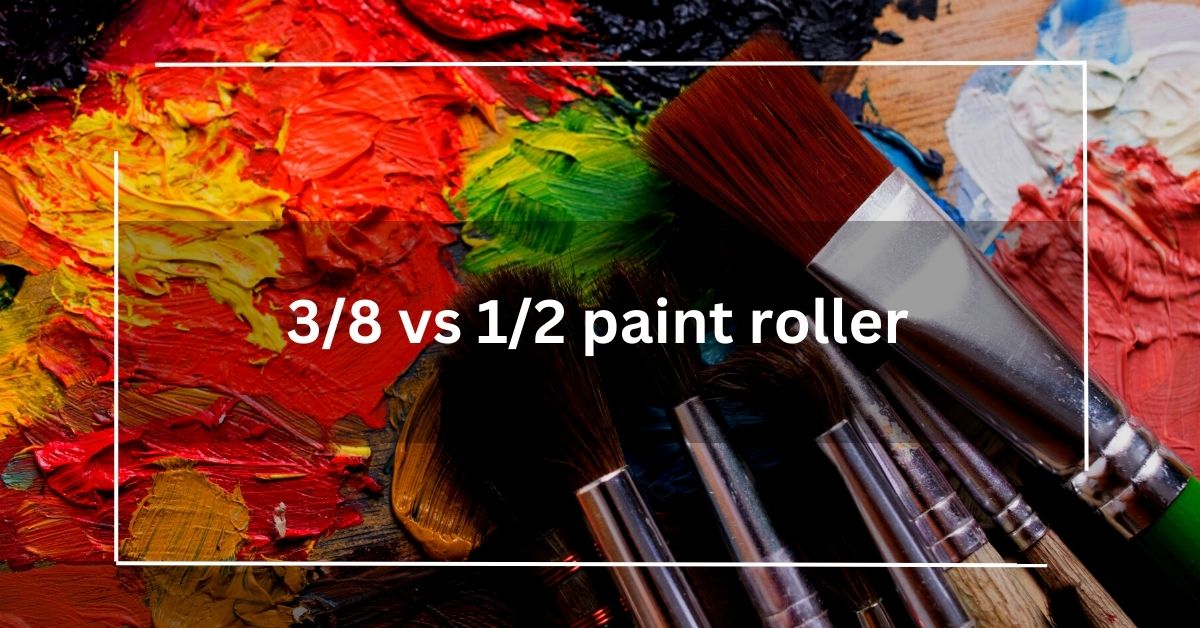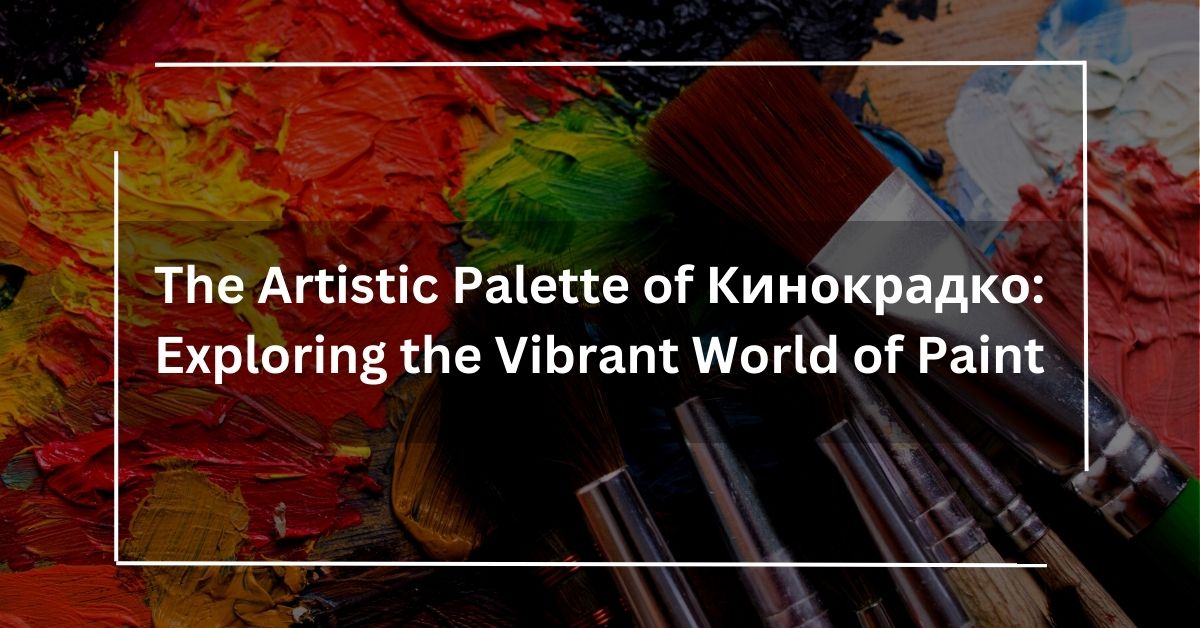When it comes to painting a surface, proper preparation is crucial for achieving a smooth and long-lasting finish. Priming is an essential step in the painting process, as it helps create a uniform base and improves adhesion of the paint.
However, many homeowners and DIY enthusiasts often wonder about the timing between priming and painting. Can you wait too long to paint after priming? In this comprehensive guide, we will delve into this topic and provide you with all the information you need to know.
How long should you wait to paint after priming?
The ideal waiting time between priming and painting depends on several factors, including the type of primer used, environmental conditions, and the surface being painted.
In general, it is recommended to wait at least 24 hours before applying the paint. This allows the primer to cure properly and ensures optimal adhesion of the paint.
Factors affecting the waiting time
1. Type of primer
Different types of primers have varying drying and curing times. It is essential to read the manufacturer’s instructions on the primer can to determine the recommended waiting time before painting. Some primers may require shorter drying periods, while others may need more time to cure fully.
2. Environmental conditions
Environmental conditions such as temperature and humidity can significantly impact the drying and curing time of primer.
Warmer temperatures and lower humidity levels generally facilitate faster drying times. On the other hand, colder temperatures and high humidity can prolong the drying process.
It is important to consider these factors and ensure the conditions are suitable for painting after priming.
3. Surface preparation
Proper surface preparation before priming can contribute to better paint adhesion and drying times. Ensure that the surface is clean, dry, and free from any contaminants.
Additionally, sanding the primed surface lightly can help promote adhesion and reduce the waiting time before painting.
Read: Behr Paint Colors || Understanding Interior Design
Can you wait too long to paint after priming?
Waiting too long to paint after priming can have some consequences. While primers are designed to provide a suitable base for paint, they are not meant to be left exposed for extended periods.
Here are a few potential issues that may arise if you wait too long to paint after priming:
- Dust and dirt accumulation: Primed surfaces are more prone to collecting dust and dirt compared to painted surfaces. Waiting too long to paint after priming increases the likelihood of these contaminants settling on the surface, requiring additional cleaning or sanding before painting.
- Surface degradation: Over time, exposed primed surfaces may start to degrade due to factors like UV exposure and moisture. This can lead to a compromised base for the paint and result in reduced adhesion or paint failure.
- Moisture absorption: Primed surfaces may absorb moisture from the environment if left uncoated for too long. This can affect the paint’s ability to adhere properly and result in a less durable finish.
Read: How Long Does Deck Paint Take To Dry? – Complete Guide
Frequently Asked Questions (FAQs)
1. Can I paint over a primed surface after a few weeks?
Yes, you can paint over a primed surface even after a few weeks. However, it is recommended to inspect the primed surface for any signs of damage, dust, or contamination. If necessary, clean the surface and lightly sand it before applying the paint.
2. What happens if I paint over a primed surface too soon?
Painting over a primed surface before it has properly dried or cured can lead to various issues. The paint may not adhere well, resulting in poor adhesion and a compromised finish. It can also cause the paint to peel or bubble, requiring additional work to fix.
3. Can I use a different type of paint than the primer?
Yes, it is possible to use a different type of paint than the primer. However, it is important to ensure compatibility between the two products.
Some primers are specifically formulated to enhance adhesion for certain types of paint, such as oil-based or water-based. Using an incompatible paint may lead to adhesion problems and paint failure.
4. Does the waiting time between priming and painting vary for different surfaces?
Yes, the waiting time between priming and painting can vary depending on the surface. Porous surfaces, such as wood or drywall, may require more time for the primer to fully cure and adhere properly.
It is advisable to consult the manufacturer’s instructions or seek professional advice for specific surface recommendations.
5. Can I speed up the drying time of the primer?
Yes, there are a few techniques to speed up the drying time of the primer. Increasing ventilation by opening windows or using fans can help facilitate faster drying.
Additionally, choosing a fast-drying primer or using a heat source (caution required) can expedite the drying process.
However, it is crucial to follow the manufacturer’s guidelines and not compromise the quality of the primer by rushing the drying time.
6. Is it necessary to prime every surface before painting?
Priming is not always necessary for every surface. However, it is highly recommended for surfaces that are porous, stained, or have uneven texture.
Priming helps to create a uniform base, promotes better adhesion, and improves the overall finish of the paint job.
It is best to evaluate the condition of the surface and consult with experts or product guidelines to determine if priming is necessary.
Read: Is Acrylic Paint Safe For Kids? – All You Need To Know In 2023
Conclusion
Proper timing between priming and painting is essential to achieve a successful and durable paint job. While it is generally recommended to wait at least 24 hours before painting after priming, factors such as the type of primer, environmental conditions, and surface preparation can influence the waiting time.
Waiting too long to paint after priming can lead to issues such as dust accumulation, surface degradation, and moisture absorption.
It is important to strike a balance and ensure that the primed surface is in optimal condition before applying the paint.
By following the guidelines and recommendations provided in this article, you can ensure a smooth and long-lasting paint finish.
Related Articles
- Will Painting Calipers Void Warranty? – Comprehensive Guide
- Can You Paint Over Flex Seal? || Creative Solutions
- 3/8 vs 1/2 paint roller – Coomplete Detailed
- The Artistic Palette of Кинокрадко: Exploring the Vibrant World of Paint
- Přeldač Brilliance: Elevate Your Décor with Expert Painting Techniques



